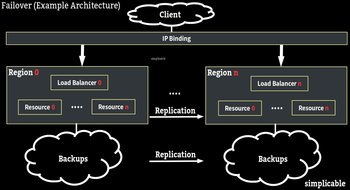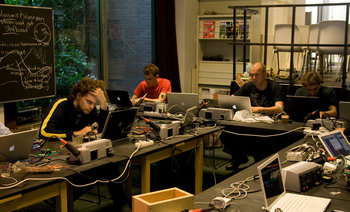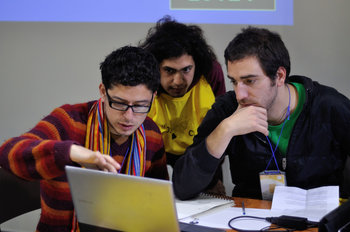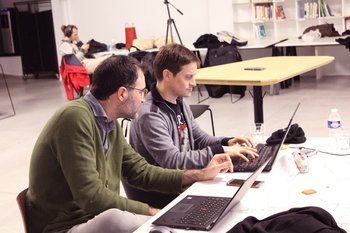
Incident Ticket
An incident is any issue or perceived issue. They are typically submitted by customers or internal customers. Incident tickets can also be created by an automated process such as a monitoring tool. An incident ticket is used to track all progress on repairing an incident and may be updated by customer service, service desk, customers and support teams.Problem Ticket
A problem is the root cause of issues. A single problem may cause thousands of issues. In some cases, issues are addressed with a temporary fix but a problem remains as a fix may require code changes or equipment. As such, problem tickets can remain open for an extended period of time.Alarms
Alarms are automatic errors and warnings generated by equipment and software. In many cases, ticket management software can monitor and analyze alarms to automatically generate incident tickets. This may require complex logic as only a small percentage of alarms are actual incidents that impact customers.Correlation
It is common for a single incident to lead to a large number of trouble tickets. For example, hundreds of customers may submit tickets when something is down. Trouble tickets may have a parent/child relationship that allows all related tickets to be managed as a set. Alternatively, tickets may be marked as duplicates with a single ticket used to manage related incidents. This process may be automated by an event correlation engine.| Overview: Trouble Ticket | ||
Type | ||
Definition | A data entity for tracking an issue. | |
Related Concepts | ||


























